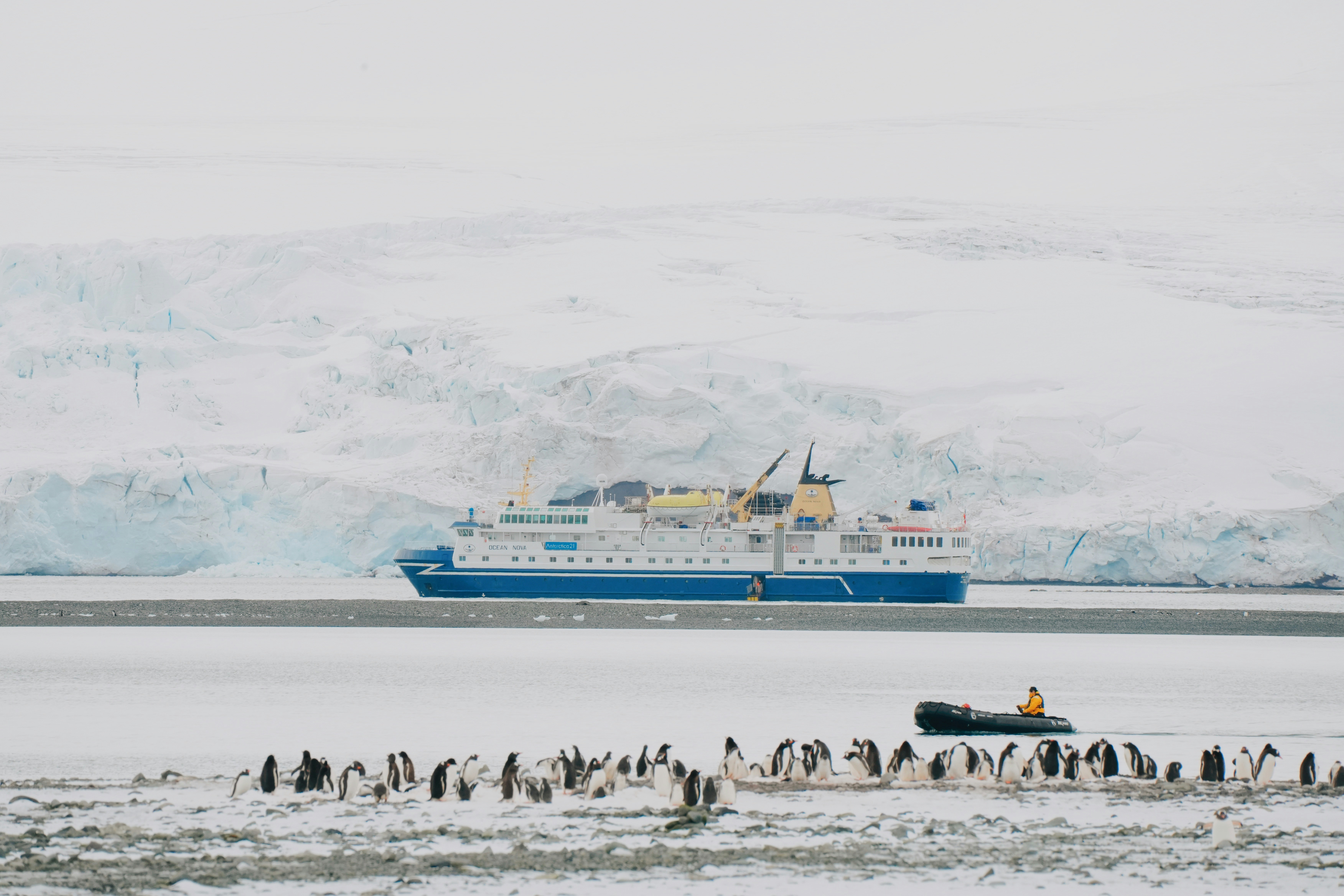Your Guide to Northern Light Cruises
The northern lights, or aurora borealis, are one of nature's most spectacular displays. Witnessing this phenomenon from the deck of a cruise ship combines the thrill of Arctic exploration with the comfort of modern travel. Northern light cruises offer unique opportunities to experience this natural wonder while visiting remote coastal regions, fjords, and Arctic communities that are otherwise difficult to reach.

Northern light cruises provide travelers with extended opportunities to witness the aurora borealis across multiple nights and locations. These specialized voyages typically operate during the peak aurora season, which runs from late September through March, when darkness returns to the polar regions. Ships navigate through areas with minimal light pollution and position themselves in prime viewing locations, significantly increasing the chances of witnessing this celestial display.
What Makes Northern Light Cruise Experiences Unique
Unlike land-based aurora viewing, cruise ships can adjust their position based on weather forecasts and solar activity predictions. This mobility allows captains to seek out clear skies and optimal viewing conditions. Most northern light cruises feature open deck areas specifically designed for aurora watching, often equipped with heated viewing platforms and blankets. Onboard experts typically provide lectures about the science behind the aurora borealis, photography tips, and cultural perspectives from indigenous communities who have lived beneath these lights for millennia. The combination of daytime excursions to Arctic destinations and nighttime aurora viewing creates a comprehensive polar experience.
How to Explore Northern Light Cruise Options
Several cruise lines offer dedicated northern light itineraries across different Arctic regions. Norwegian coastal routes remain popular, with voyages sailing along fjords and past fishing villages. Iceland serves as another hub, with cruises circumnavigating the island or focusing on the northern coast. Canadian Arctic routes explore remote territories, while Alaskan itineraries combine aurora viewing with wildlife observation. Greenland cruises offer some of the most remote aurora experiences available. When exploring options, consider the specific regions visited, the duration of the voyage, the size of the vessel, and the expertise of onboard naturalists and astronomers. Smaller expedition ships typically offer more intimate experiences and can access narrower waterways, while larger vessels provide more amenities and stabilization in rough seas.
Understanding Northern Light Cruise Pricing and Providers
The cost of northern light cruises varies significantly based on duration, destination, vessel type, and cabin category. Budget-conscious travelers can find Norwegian coastal voyages starting around 1,200 to 2,000 USD for shorter sailings in inside cabins. Mid-range expedition cruises to Iceland or northern Norway typically range from 3,000 to 6,000 USD for week-long voyages. Premium Arctic expeditions to remote destinations like Greenland or the Canadian Arctic can cost between 8,000 and 15,000 USD or more, depending on the level of luxury and exclusivity. Suite accommodations and longer itineraries command higher prices, sometimes exceeding 20,000 USD per person.
| Cruise Provider | Typical Route | Duration | Cost Estimation (USD) |
|---|---|---|---|
| Hurtigruten | Norwegian Coast | 6-12 days | 1,500-4,500 |
| Lindblad Expeditions | Iceland/Greenland | 8-14 days | 6,000-12,000 |
| Ponant | Arctic Regions | 10-15 days | 8,000-18,000 |
| Holland America | Alaska/Norway | 7-14 days | 2,000-5,500 |
| Quark Expeditions | Canadian Arctic | 10-17 days | 7,000-14,000 |
Prices, rates, or cost estimates mentioned in this article are based on the latest available information but may change over time. Independent research is advised before making financial decisions.
Preparing for Your Northern Light Cruise Adventure
Successful aurora viewing requires preparation beyond booking the voyage. Pack warm, layered clothing suitable for extended periods on deck in sub-zero temperatures. Thermal underwear, insulated jackets, waterproof outer layers, warm hats, and insulated gloves are essential. Many cruise lines provide additional cold-weather gear for shore excursions. Camera equipment should include a tripod for long-exposure photography, extra batteries that drain quickly in cold conditions, and memory cards with ample storage. Familiarize yourself with manual camera settings before departure, as automatic modes rarely capture the aurora effectively. Motion sickness medication may be necessary, as Arctic seas can be rough, particularly in shoulder seasons. Consider travel insurance that covers Arctic regions, as medical evacuation from remote areas can be costly.
Maximizing Your Aurora Viewing Success
While cruise operators cannot guarantee aurora sightings, several factors improve your chances. Choose itineraries during solar maximum periods when aurora activity increases. Book longer voyages to maximize the number of potential viewing nights. Select routes that travel above the Arctic Circle, where aurora frequency is higher. Check historical aurora activity for your chosen months and destinations. Onboard aurora alerts wake passengers when the lights appear, so ensure your cabin phone or provided device is functioning. Dress warmly before heading to viewing decks, as the most spectacular displays can last hours. Patience is essential, as the aurora can appear suddenly and fade just as quickly, or build gradually over extended periods.
What to Expect Beyond the Northern Lights
Northern light cruises offer rich experiences beyond aurora viewing. Daytime activities typically include shore excursions to Arctic communities, visits to historical sites, wildlife watching for whales, seals, and seabirds, and opportunities to learn about indigenous cultures. Many itineraries incorporate visits to museums, cultural centers, and natural landmarks. Onboard programming often features lectures on Arctic ecology, geology, history, and climate science. Some cruises offer kayaking, snowshoeing, or dog sledding experiences. The dramatic Arctic landscapes, with their snow-covered mountains, massive glaciers, and frozen fjords, provide stunning scenery regardless of aurora activity. These supplementary experiences ensure that even if weather conditions limit aurora viewing, the voyage remains rewarding and memorable.
Northern light cruises represent a unique way to experience one of nature’s most extraordinary phenomena while exploring some of the planet’s most remote and beautiful regions. The combination of mobility, expert guidance, comfortable accommodations, and comprehensive Arctic experiences makes these voyages appealing to both aurora enthusiasts and general travelers seeking adventure in polar environments.




